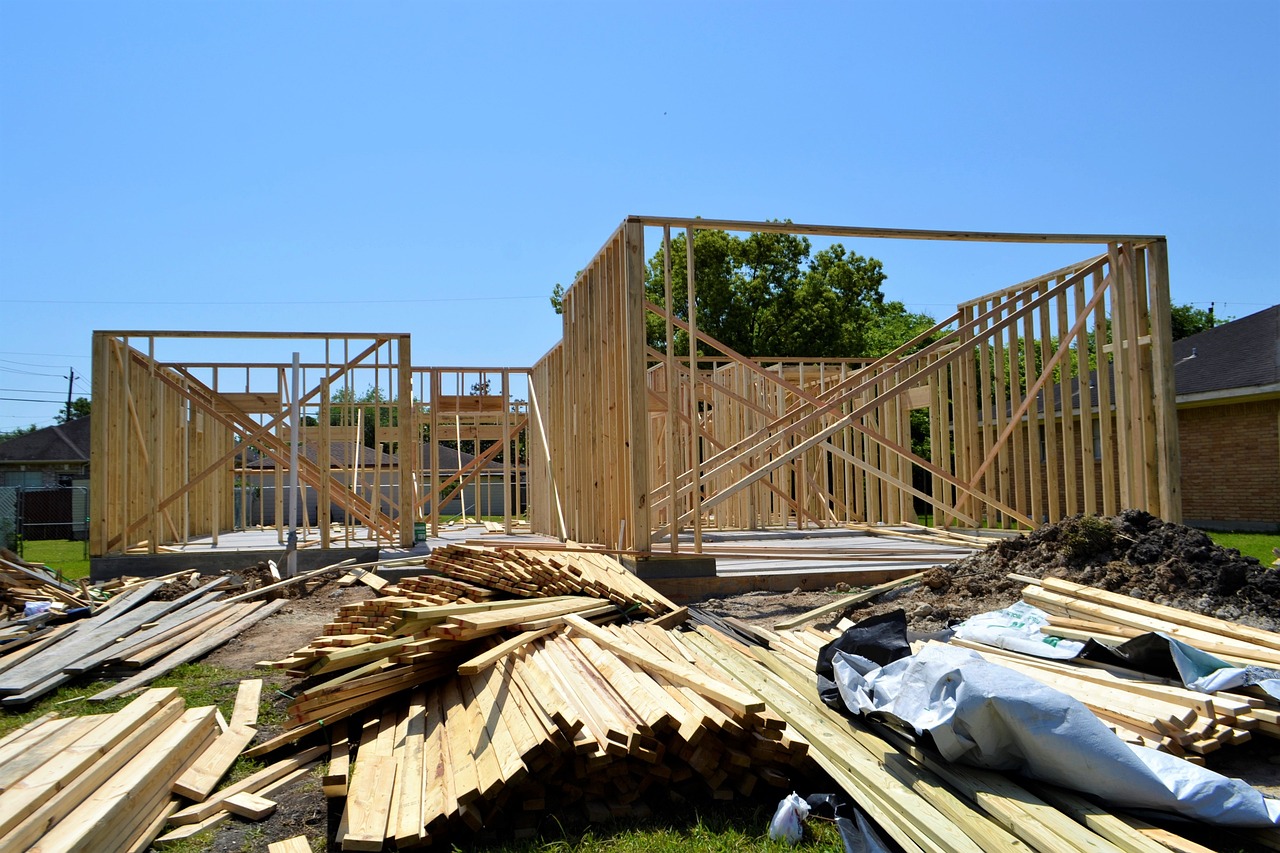Renovations refer to the process of restoring or updating a building, structure, or space to improve its functionality, aesthetics, and overall value. Unlike new construction, renovations involve working with existing structures, whether they are residential, commercial, or industrial. Here are some key aspects of renovations:
- Types of Renovations:
- Residential Renovations: Homeowners often renovate their homes to enhance comfort, modernize features, or increase resale value. Common residential renovations include kitchen and bathroom remodels, room additions, and exterior updates.
- Commercial Renovations: Businesses may renovate their office spaces, retail stores, or other commercial properties to adapt to changing needs, improve customer experience, or comply with updated codes and regulations.
- Industrial Renovations: In industrial settings, renovations may involve upgrading equipment, improving safety features, or reconfiguring the layout for better efficiency.



